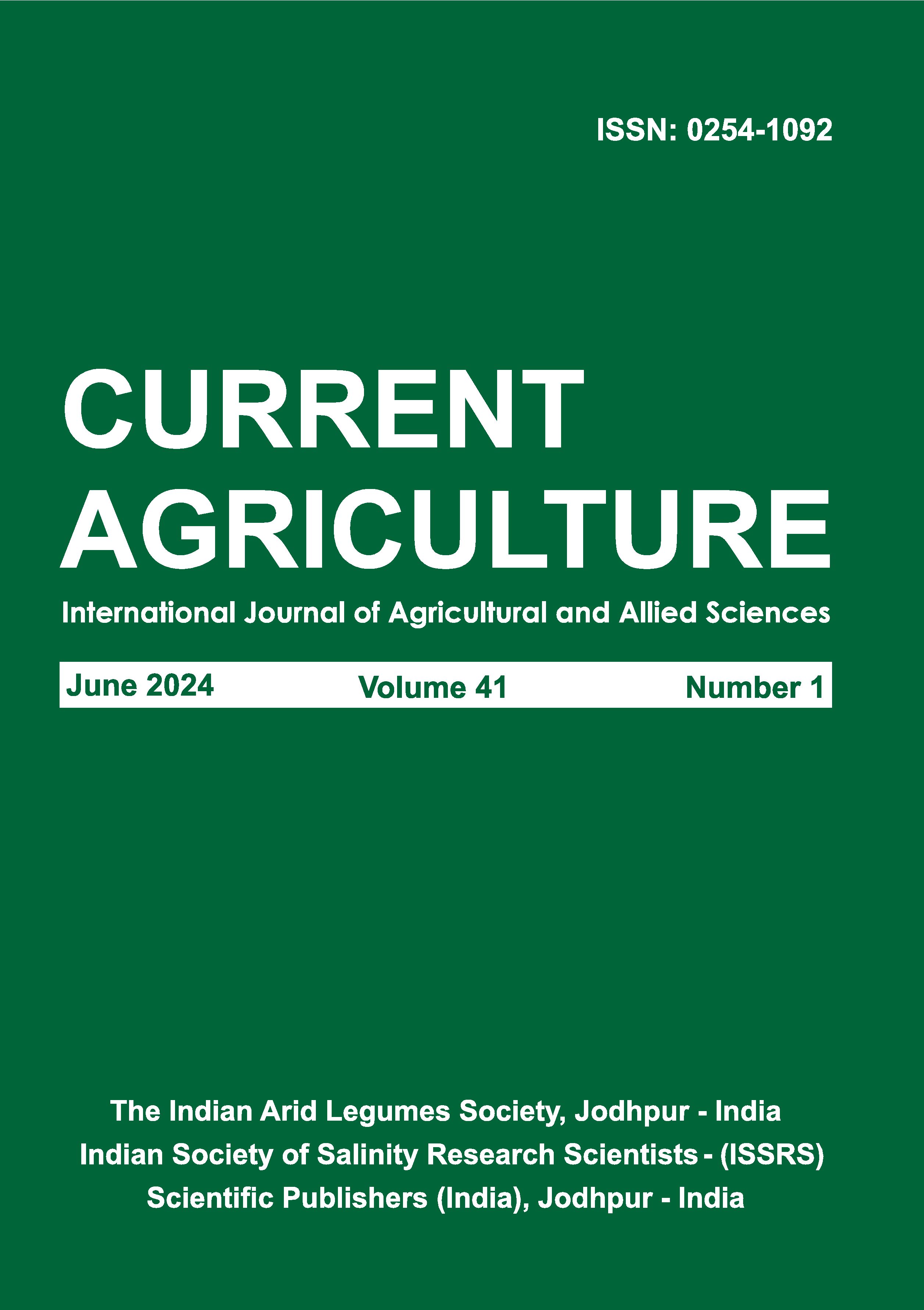United States Salinity (USSL) developed the earliest comprehensive criteria for the evaluation of quality of irrigation
water in 1954. It was used most widely throughout the world and it also served as a basis for future research. Quality was
evaluated on the basis of four characteristics viz. (1) Salinity to be measured as electrical conductivity (EC); (2) Sodium
to be measured as Sodium Adsorption Ratio (SAR) to be calculated as Na/
Ca + Mg/2
; (3) Residual Sodium Carbonate
(RSC) to be calculated as (CO3
+ HCO3
) - (Ca + Mg); and (4) Boron. There were four classes each of salinity and SAR
and three classes for each of RSC and Boron. The critical limits depended on the tolerance of the crops, texture of the
soil and management practices. The upper critical limits of EC, SAR and RSC were kept as 5 dSm-1, 31 and 2.5 meq/L
for tolerant crops and light textured soils whereas 4 ppm for boron for tolerant crops. A diagram was also devised which
was based upon the system in which waters at a constant SAR value were given a higher sodium hazard rating with an
increase in salinity (EC).
Later researches found that lumping of Ca + Mg together in the calculation of SAR and RSC was erroneous
because activity of Ca was different than Mg. and of CO3
was different than HCO3
. Critical limits were also low because
experiments and observations were made in conservative conditions. The parameters were modified. Accordingly, SAR
was to be calculated us Na /
Ca
and RSC as HCO3
- Ca and to be called as SCAR (Sodium to Calcium Activity Ratio)
and RSBC (Residual Sodium Bicarbonate), respectively. The permissible limits of EC, SCAR, and RSC were relaxed to
10 dSm-1, 40 and 10 meq/L, respectively. Permissible limits of Boron were relaxed to 10 ppm, higher limits for heavy
textured soils. USSL diagram linking EC and SAR was not found tenable as waters at a constant SAR value did not have
higher sodium rating with an increase in EC. In view of later researches, USSL criteria should not be used as such for the
evalution of quality of irrigation waters.



